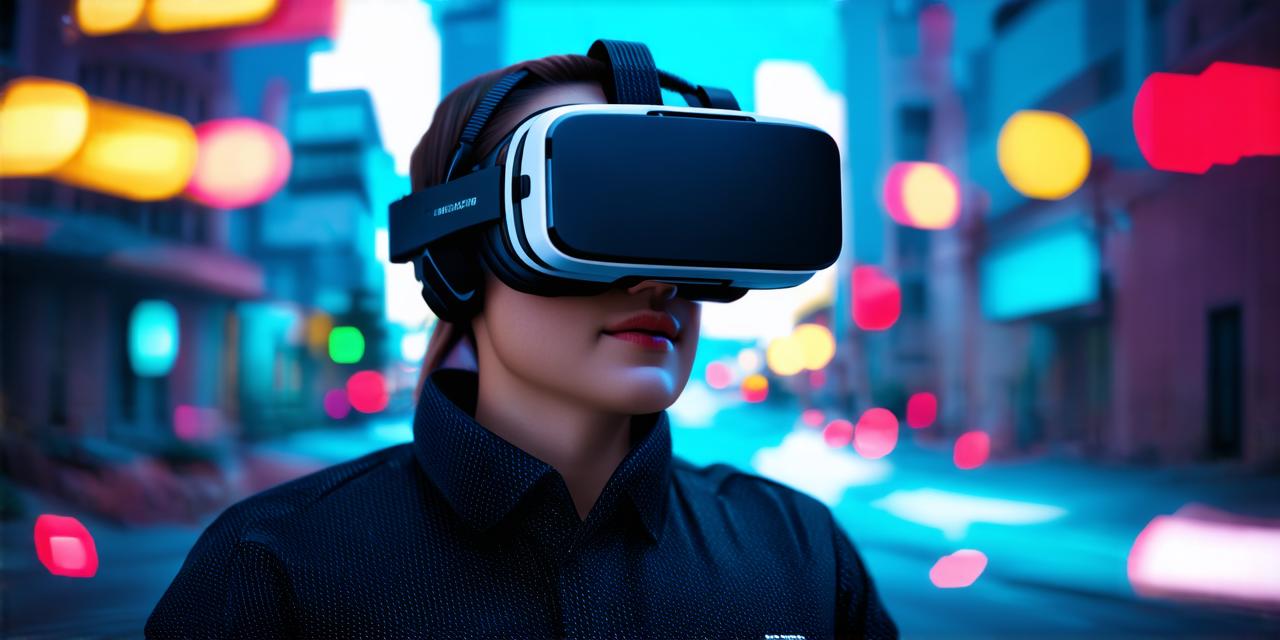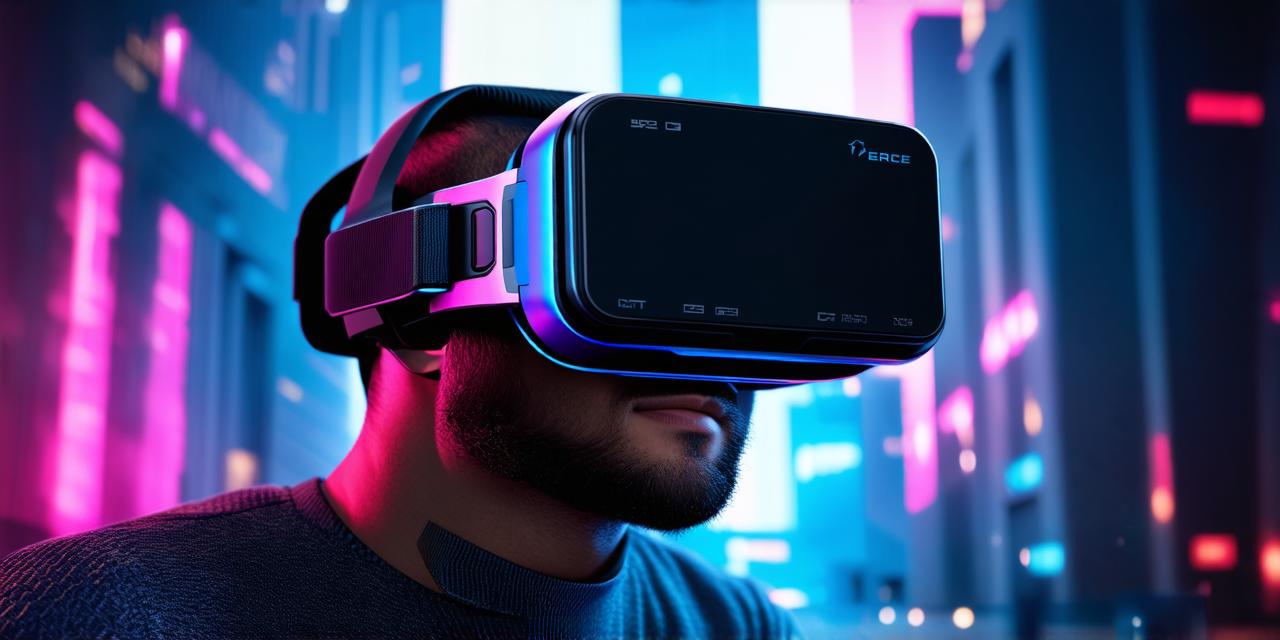Virtual reality (VR) has become increasingly popular in recent years, offering users a new way to experience immersive environments. However, for some people, VR can cause nausea or discomfort.
Motion sickness is one of the most common reasons why people experience nausea when using virtual reality. The brain has to constantly adjust to the new environment and the movement of the virtual world can cause confusion and disorientation. This can lead to feelings of vertigo, dizziness, and ultimately, nausea.
Another reason for VR-induced nausea is the lack of visual cues that our brains rely on to determine our position in space. In a real-world environment, we have landmarks such as trees, buildings, and people to help us orient ourselves. In virtual reality, however, these cues are absent, which can lead to feelings of disorientation and ultimately, nausea.
The quality of the VR experience can also play a role in how nauseous someone feels. Low-quality graphics or motion sickness-inducing movements can make the virtual environment feel more overwhelming and cause discomfort.
Lastly, some people may simply be more susceptible to motion sickness than others. If you have a history of motion sickness or if you are particularly sensitive to changes in movement or orientation, you may be more likely to experience nausea when using virtual reality.
To combat VR-induced nausea, there are several things you can try. Firstly, adjusting the settings on your VR headset may help. Many VR systems allow you to adjust the field of view or reduce motion blur, which can help alleviate feelings of disorientation and vertigo.
Secondly, taking breaks from virtual reality sessions is important. Spending long periods of time in a virtual environment can be overwhelming and cause nausea. Taking short breaks and allowing your brain to adjust can help prevent this.
Lastly, practicing good posture and being aware of your body positioning can also help. Maintaining good posture and keeping your feet firmly planted on the ground can help alleviate feelings of vertigo and disorientation, ultimately reducing nausea.
In conclusion, virtual reality-induced nausea is a common experience for some people. The reasons behind this phenomenon include motion sickness, lack of visual cues, the quality of the VR experience, and susceptibility to motion sickness. However, there are ways to combat this discomfort, including adjusting settings, taking breaks, and practicing good posture. With these tips in mind, you can enjoy virtual reality without experiencing nausea or discomfort.




